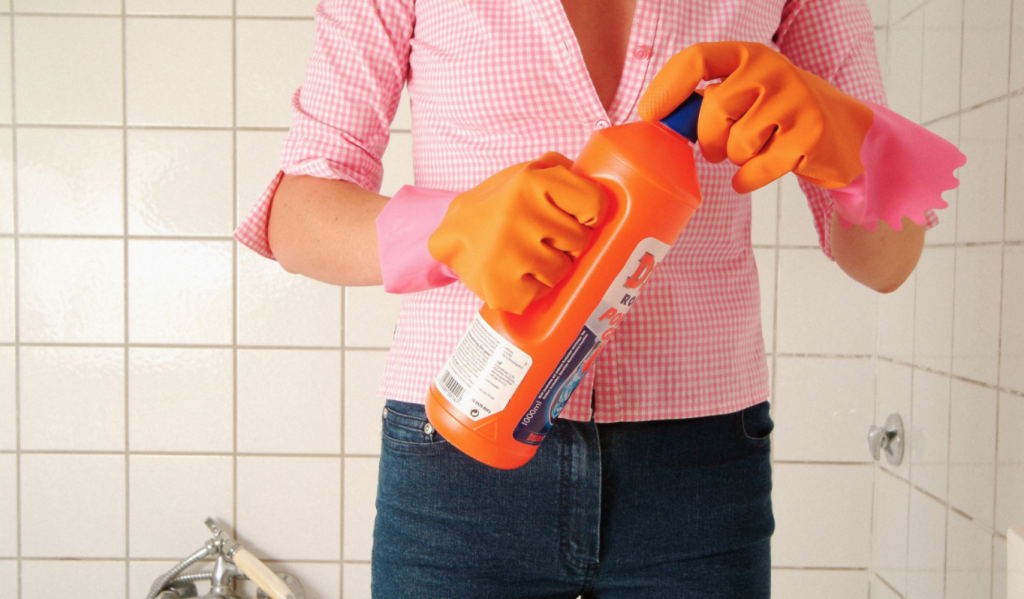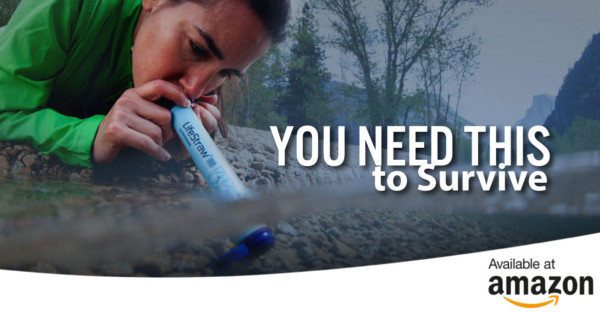Household bleach is one of the best cleaners to have on hand under normal circumstances as well as in a prolonged crisis. Few products are as effective for sanitation, and bleach is also useful for water purification as well. Unfortunately, bleach also has a short shelf life, and it can lose more than half its potency after about six months, even if it is stored in ideal conditions.
The good news is that we can make our own homemade chlorine bleach that can be just as good as the products we buy from stores. Let’s take a closer look at the key ingredients and how to safely-combine them into a suitable alternative.
Sodium vs Calcium
The active compound in household bleach products is sodium hypochlorite, and it is diluted and mixed with water to create a solution that contains anywhere from about 3-6% chlorine. It is pretty stable and easy on fabrics, which is one of the reasons that it is a good option for things like laundry and general cleaning. It can also be used for water purification in emergencies.
Calcium hypochlorite is the active ingredient that we find in many pool cleaning products. It is much-more potent, and good products can have a shelf life of more than 10 years. Aside from long shelf life, it is also readily-available in dry, raw form at most hardware or pool stores. In terms of being able to stretch resources and make bleach on-demand over the long-term, then calcium hypochlorite is definitely the way to go. It can also be used to decontaminate water, and you need a lot less of the stuff when compared to household bleach. In fact, a 1 pound bag of good product is usually enough to treat over 10,000 gallons of water.
Preparing the Bleach
The first step is to create a concentrated solution that has at least 70% available chlorine, and most products will list this value on the label. The general consensus is that you should combine 2 tablespoons of the chlorine to 3 cups of water, let it dissolve and give the mixture a good shake. You can then add this solution to water for cleaning, laundry or purification.
For the sake of simplicity, a general guideline is to add about 7mg of chlorine to every liter of water for purification purposes. However, you can increase or decrease this value for various cleaning tasks as necessary. This translates into about 8 drops of bleach concentrate for every gallon of water or just under 2 drops per liter.
All you need to do is add the drops to the water and let it rest uncovered for about 30 minutes before consuming. This will allow the bleach to dissolve, and a lot of the chlorine smell will dissipate while harmful germs and pathogens are destroyed. However, some water will remain cloudy after 30 minutes, which is an indication that more concentrate is needed. If that’s the case, add in a few more drops and wait another 30 minutes. If the water is still cloudy after the second treatment, consider using some fresh chlorine or source the water from a different location.
That’s about all there is to the process, and hopefully this brief explanation will encourage you to add some chlorine granules to your stockpile. While it’s still a good idea to stock up on a bottle or two of bleach, consider this alternative for better, more long-term solutions.

